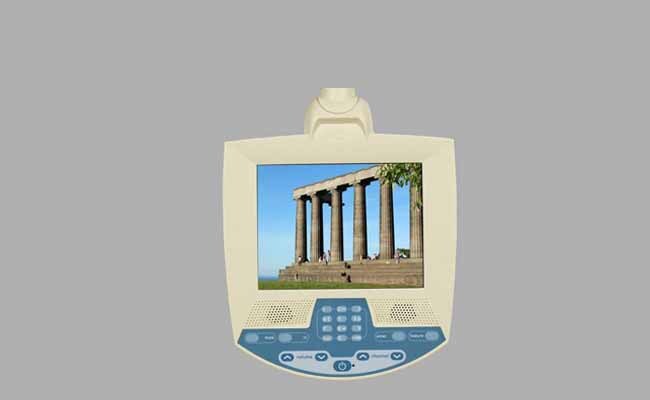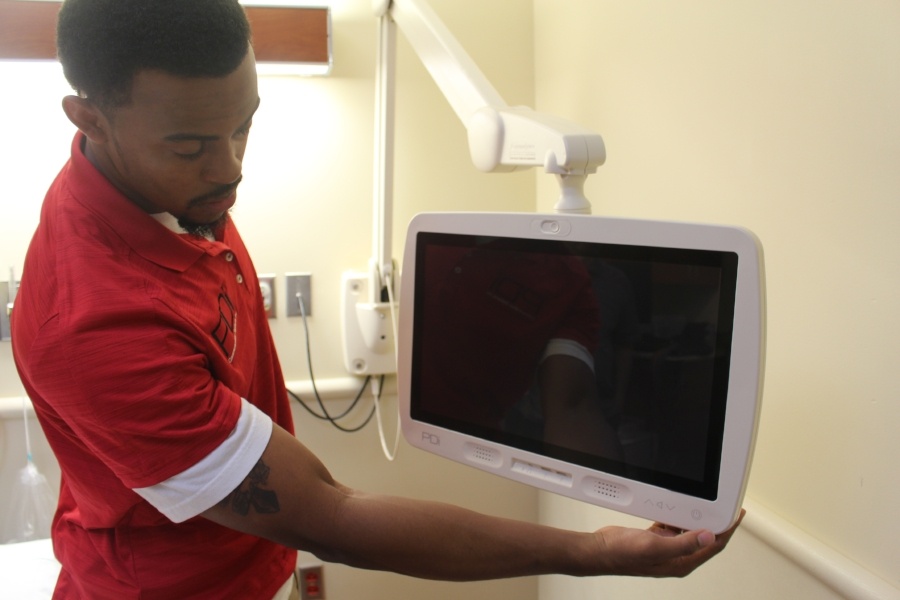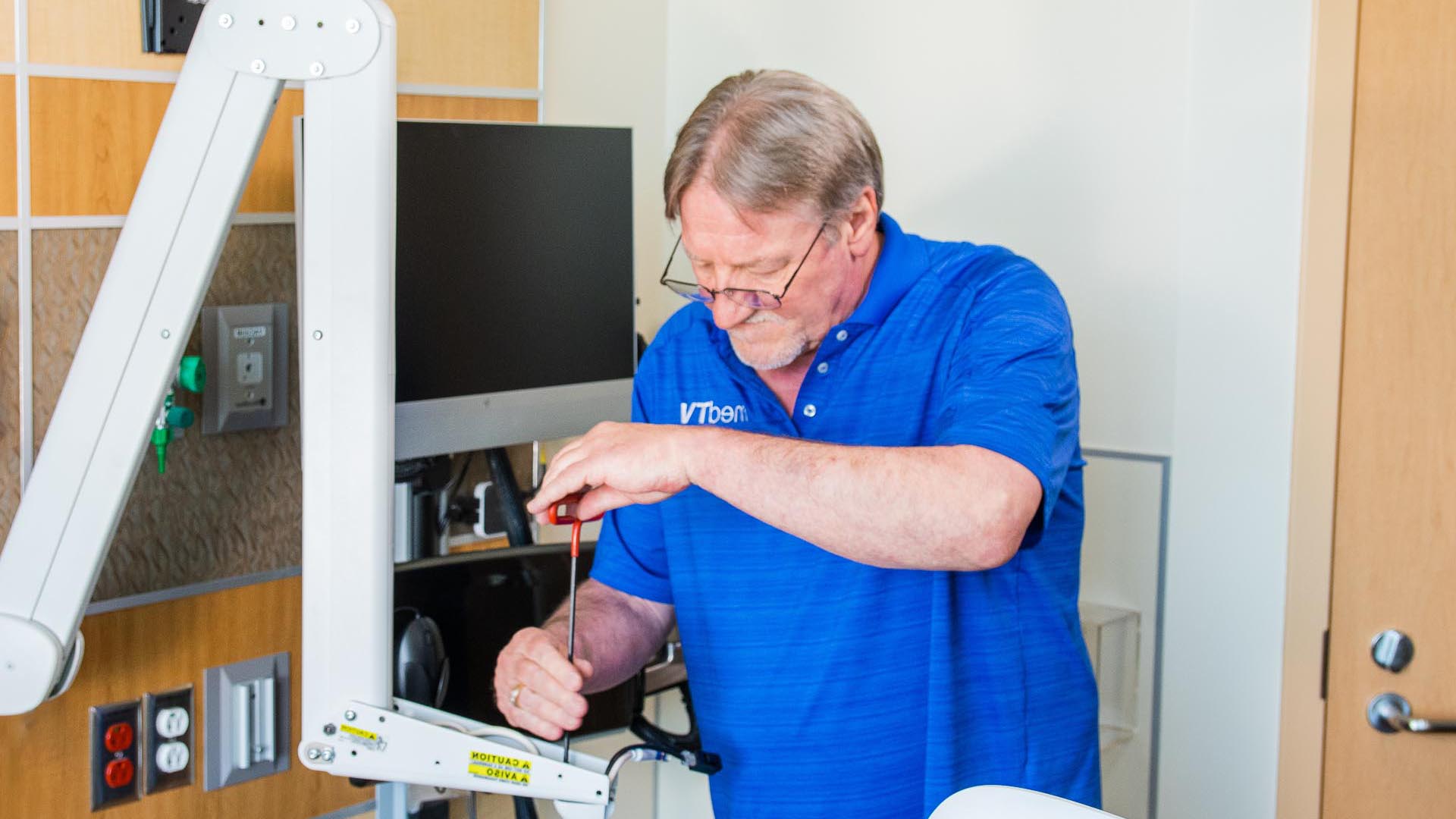Choose the Right Broadcast Signal and TVs for your Healthcare Space
Satellite, Cable, IPTV, oh my! Where does one start to understand how to provide excellent TV options to entertain and inform patients who are in the...

The cable company has told you it’s time to switch from analog signal to digital encrypted content. However, upgrading the old analog patient TV sets to new digital sets is just not in the budget this year. What options do you have to downgrade digital signals to analog to display on older TVs?
While the U.S. Federal Communications Commission (FCC) mandated that all analog TV broadcast stations and transmitters must convert to digital by July 13, 2021, some healthcare facilities still use analog TVs and associated NTSC signal distribution equipment. Is this good enough to meet the demands of patient consumers today?
There is simply no comparison to what patients as consumers demand today for crisp video and high-quality audio from a digital TV experience. Would you like to look at a computer monitor with a resolution of 512 x 400 pixels? That’s about the resolution of an analog TV screen. Choosing to downgrade your digital signals to analog 4:3 aspect ratio reduces the visual experience.
The digital TV broadcasts provide a better-quality TV experience. Digital TV is referred to as ATSC (Advanced Television Standards Committee). Unlike analog, there is no gradual data loss. Hospital TVs built by US-based PDi today offer analog, digital, and IPTV capabilities for the future.
Many cable companies are finally switching over the last part of their systems to a digital signal. There are a couple of converter box options for TV possibilities to upgrade in a medical setting. Some are not practical, for instance installing a Set Top Box (STB) in each patient TV location. Cable companies charge per STB and that can add up quickly. Also, if your facility is using a nurse call pillow speaker to control the TV, you will lose that function and must give patients TV remotes. That is not a desirable option as we all know what a nightmare it is to keep track of TV remote controls. Over my 16 years in this field, I have seen what a challenge it can be to find space to mount a STB at the bedside.
A second option is to install an individual DTA (digital transport adaptor). The cable company would feed the entire facility with the new digital signal. At each TV you would need a small DTA box that would take in the digital signal and convert it to analog. These boxes are typically smaller than the standard cable STB. The mini DTA still requires a power source, remote control, and will not display EPG programming information.
The next option is to have a Multiple Digital Transmit Adapter installed at the headend. The mDTA takes the new digital signal and converts it back into an analog signal. If the device malfunctions all patient TV displays tied to it will lose signal. The mDTA does not support High-Definition channels. You most likely will lose some channels that patients love as the mDTA will supply you with a basic Tier 1 channel lineup.
The mDTA comes at a very large price tag of about $10,000. These devices may not be available from your provider, or the provider may require you to sign a lengthy contract to offset the cost. While the mDTA has some draw backs it is the best option for large medical facilities that are not able to make the capital investment into new Digital TVs.
Truly the best option is to make the investment in your patient’s number one source of entertainment and distraction, the patient television. When I have been on site when a facility switches from analog to digital it is a night and day difference. Patients can read the words on the screen. The quality of the new digital signal brightens their day. Future-proof your facility with the latest medTV patient televisions by US-based PDi, designed to handle any signal that may be used, whether clear QAM, Pro:Idiom encryption, or IPTV. For a custom patient experience, learn more about medTAB with GENiO interactive cloud-based software platform.
Lastly, while you cannot expect it to look just as good as digital displays, there are options to extend the life of older analog TV displays using a digital converter box. These options provide patients with some channel access to help deal with the stresses of being in a hospital or treatment clinic. Your choice to downgrade signals on past investment or invest in future-proof digital TVs will depend upon your willingness to pay to improve patient satisfaction.
Look around your facility. There may be old analog TVs you didn’t realize you still had in use. For more help planning your TV upgrades, reach out to the PDi ProServices team. We are with you every step of the way.

Satellite, Cable, IPTV, oh my! Where does one start to understand how to provide excellent TV options to entertain and inform patients who are in the...

Patients really appreciate the quality experience a personal bedside entertainment system can provide during their stay. It’s very important to think...

Last Updated: August 9, 2024 by Cat Saettel Are you wondering what TV equipment to buy, how to safely install and control televisions for patient...